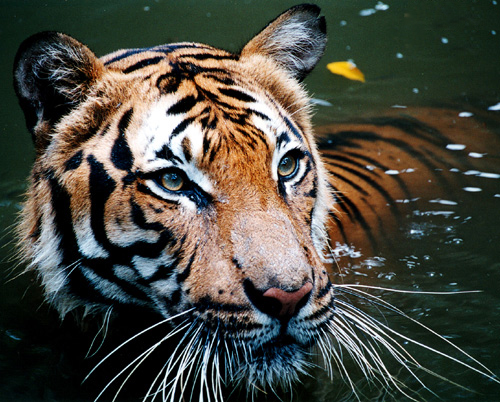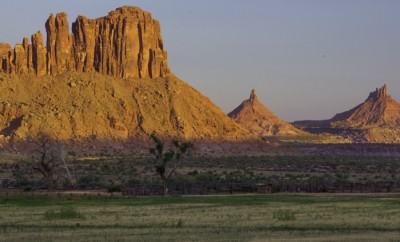Environment
Is working with indigenous people the key to conservation?

Image:Wikimedia commons
Let’s say there was a rare endangered species that lived in your backyard. For the sake of this hypothetical, we will say it is some kind of worm. Wormius Wormio is the scientific name for this animal, though you call it a Wormy. Now, you and your family have lived in this house for years, and you know all about Wormies. You often find them swimming in your drink after leaving it unattended (this is a swimming species of worm, that’s why it’s rare).
But since you know everything about the worm, who better than you to protect the species. You know what kind of habitat they need, what sort of food, and since they live in your backyard, you are the people who are most capable of keeping their habitat preserved.
Why wouldn’t people who were trying to save the Wormies come to you?
The whole point of this awkward scenario is that this is the exact situation that indigenous groups who live with endangered species find themselves in. They have spent generations living with animals that are now threatened and know better than anyone how to protect their environments since they themselves live there.
Yet too often the contributions of indigenous people to conservation are ignored. Often, they are dismissed as a possible resource in the fight out of hand, if they are considered at all. But why would you ignore the local community when you are struggling to preserve a species that they are intimately familiar with and often live beside.
In fact, native people can be invaluable in the fight for conservation. For instance, in April the world greeted the good news that the population of Tigers in the wild worldwide had increased for the first time in 100 years, and it was often indigenous groups who deserve much of the credit.
For evidence, one need look no farther than the case of the Solinga people in India’s Ghat region. There the Solingas have served as the guardians of the tiger of centuries.
As you might imagine, it can be tough living near a population of tigers. Often livestock that the local people depend on to live can fall victim to tiger predation, not to mention the fact that the same can on rare occasions happen to humans. Yet the the Solinga have a deep respect for their wild neighbors, and even consider the tiger to be an important animal to their god.
That’s why the Solinga strive to protect them, keeping an eye on poachers, carefully managing the environment, and ensuring the survival of the species in any way possible. And in return the tigers have made life easier for the Solinga, keeping the population of crop-eating herbivores in check, and discouraging milk thieves from entering an area known for its population of tigers.
Many conservationists are looking towards the Solinga and other indigenous groups as a vital resource in a way that they have not before. Often in the past, their contributions were ignored and in many cases, indigenous people were forced from their homes in order to make sanctuaries for endangered species, a practice that is in many ways self-defeating.
Sophie Grig, who works for Survival International, an organization that works with indigenous groups for conservation, says, “It seems to me a supreme irony that conservationists haven’t realized that the only places where tigers have persisted have been in areas where indigenous tribes are now being evicted.”
Yet the issue is a divisive one. Often it is indigenous people who take part in the wildlife poaching trade, often due to necessity. Extreme poverty and an inefficient system of reimbursement for livestock killed drives them into the lucrative practice of killing rare animals and selling their skins and bones to traders.
Conservationists for Survival International suggest that this is a problem that could be solved by addressing the poverty that drives these people into poaching.
By helping people find a way to live in harmony with these animals, we could create a system where the people who have lived in the area for thousands of years could resume their traditional role as the greatest stewards of their environment.





0 comments